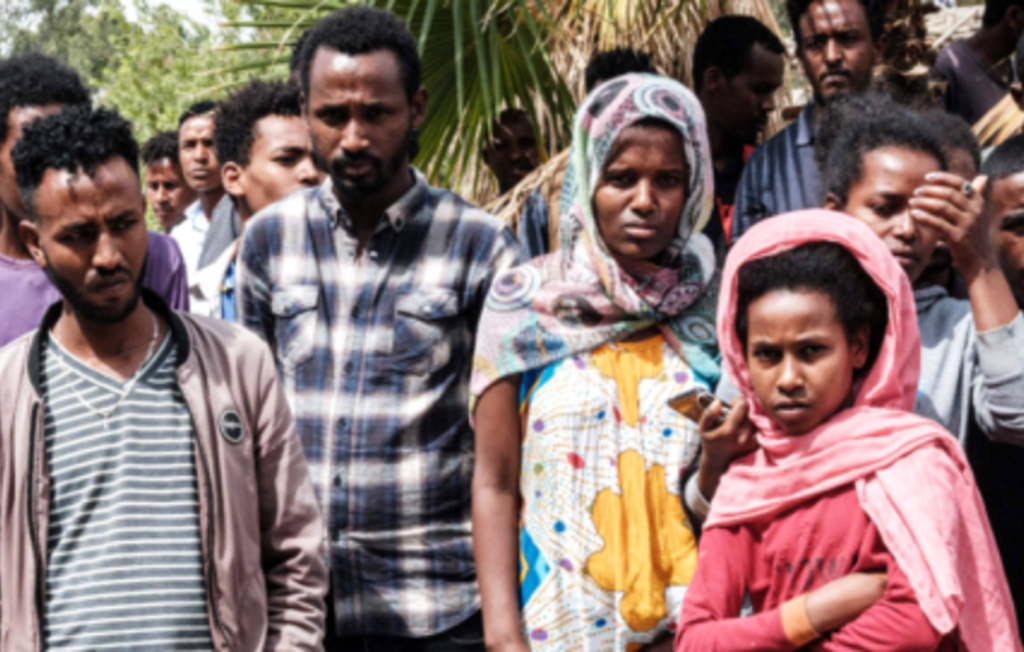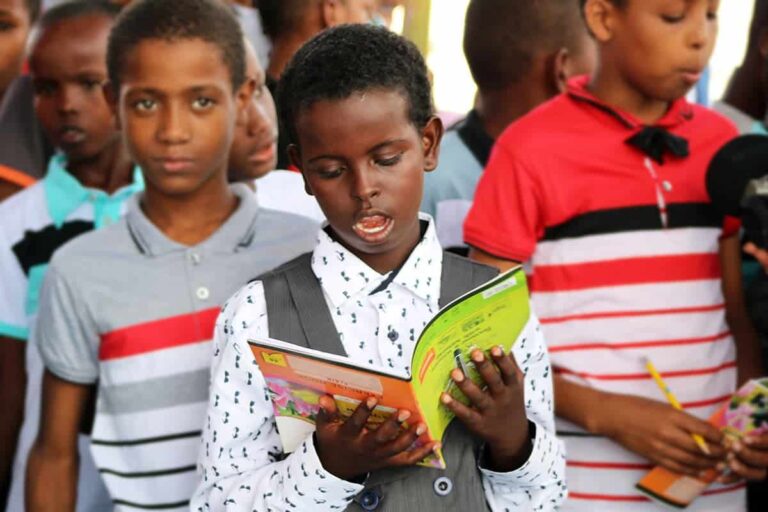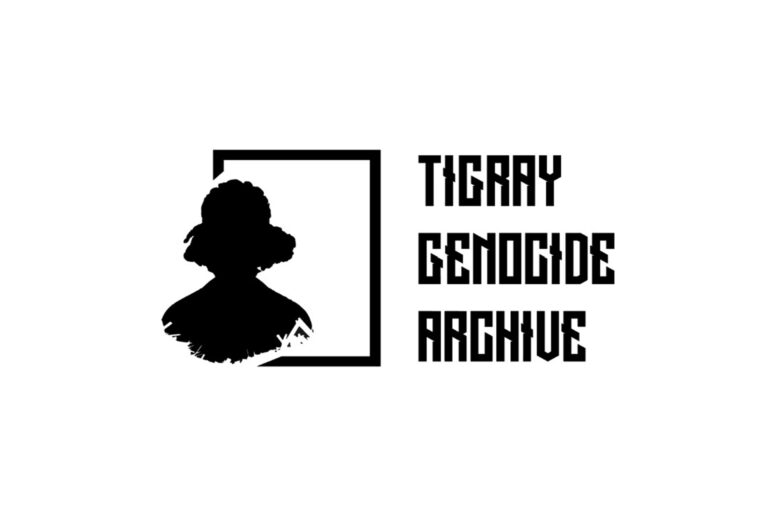The war in Tigray has left behind a humanitarian catastrophe, with hundreds of thousands of people torn from their homes and forced into displacement. Villages have been burned, homes destroyed, and entire communities uprooted in what has become one of the most severe internal displacement crises in recent African history.
For these internally displaced people (IDPs), the trauma of losing everything is only the beginning. With limited access to food, shelter, healthcare, and protection, they continue to fight for survival long after the gunfire has stopped.
The Scale of the Crisis
According to the United Nations and humanitarian agencies, over 2.2 million people have been displaced internally within Tigray since the war began. Many fled on foot, escaping violence with nothing but the clothes on their backs. Families were separated. Elderly people were left behind. Children walked for days, traumatized and hungry.
Most IDPs have found refuge in overcrowded schools, unfinished buildings, or makeshift tents. These shelters offer little protection from the elements, and many lack even the most basic necessities like clean water, proper sanitation, or medical care. In many locations, people are sleeping on cold concrete floors, relying entirely on humanitarian assistance for survival.
Living in Limbo
For the displaced, daily life is a constant struggle. Access to food is inconsistent, and outbreaks of disease are a growing concern due to overcrowded conditions and lack of sanitation. Pregnant women and the elderly are especially vulnerable.
Children in displacement camps face an uncertain future, often unable to continue their education. Many live in constant fear and carry the psychological scars of what they witnessed—violence, the loss of loved ones, and the destruction of their homes.
There is also an urgent need for protection. Women and girls in displacement settings face a heightened risk of gender-based violence, exploitation, and abuse, compounding the trauma they’ve already endured.

What We’re Doing to Help
Our organization is going to make the support of IDPs a top priority. We believe no one should be forgotten simply because they have no home.
Here’s how we’re planning to help:
- Community Rebuilding Programs: As stability returns to some areas, we’re helping families return to their homes by supporting home repairs, providing tools, and aiding in the re-establishment of livelihoods.
- Emergency Relief: We are providing food, blankets, clothing, and hygiene kits to displaced families in temporary shelters and camps.
- Mobile Health Support: We work with local health workers to deliver basic healthcare services, including trauma care, maternal health, and child nutrition.
- Safe Spaces for Women and Children: We are establishing safe spaces where women and children can access psychosocial support and protection from abuse.
How You Can Make a Difference
The road home is long and uncertain for many of Tigray’s displaced people—but together, we can be part of the journey back.
- Donate to support emergency relief and long-term recovery
- Advocate by spreading awareness about the crisis and urging global support
- Volunteer your skills, time, or platform to amplify displaced voices



